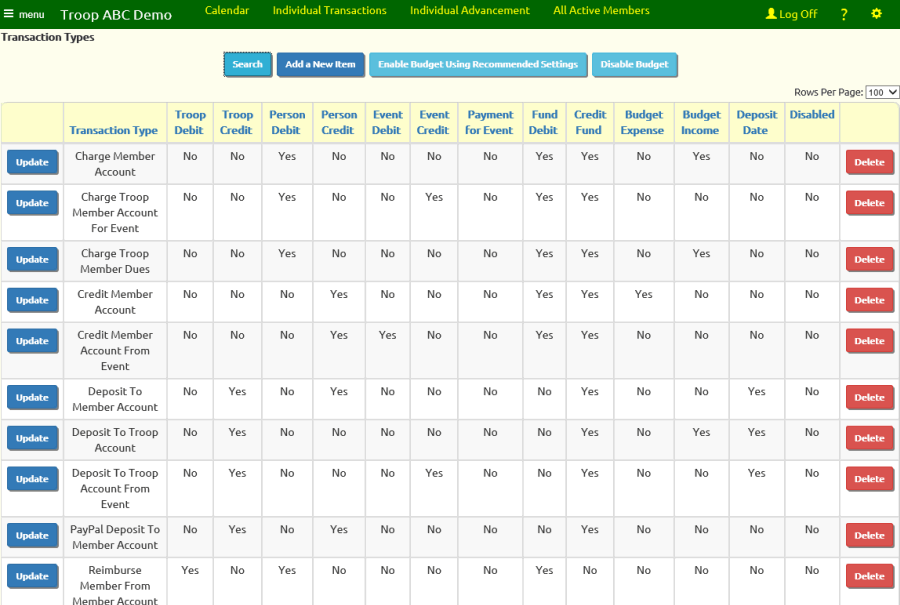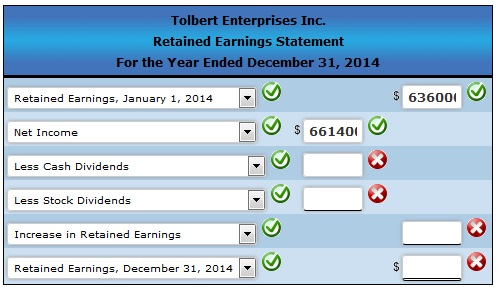
Despite proper maintenance and precaution, it is impossible to preserve the original form and quality of the asset. Therefore, depreciation expense is used to recognize the amount of wear and tear. Firms depreciate because the technology used in the machine may become obsolete, or the asset may become inoperable due to an accident. Using this new, longer time frame, depreciation will now be $5,250 per year, instead of the original $9,000. That boosts the income statement by $3,750 per year, all else being the same. It also keeps the asset portion of the balance sheet from declining as rapidly, because the book value remains higher.
Declining Balance Depreciation
This formula is best for small businesses seeking a simple method of depreciation. In turn, depreciation can be projected as a percentage of Capex (or as a percentage of revenue, with depreciation as an % of Capex calculated separately as a sanity check). The core objective of the matching principle in accrual accounting is to recognize expenses in the same period as when the coinciding economic benefit was received. The articles and research support materials available on this site are educational and are not intended to be investment or tax advice. All such information is provided solely for convenience purposes only and all users thereof should be guided accordingly.
What is a useful life?

Continuing to use 14 things you should know about time deposits in the philippines our example of a $5,000 machine, depreciation in year one would be $5,000 x (2 / 5), or $2,000. In year two it would be ($5,000 – $2,000) x (2 / 5), or $1,200, and so on.
Units of Production
You’ll usually record annual depreciation so you can measure how much to claim in a given year, as well as accumulated depreciation so you can measure the total change in value of the asset to date. Sum of the years’ digits depreciation is another accelerated depreciation method. It doesn’t depreciate an asset quite as quickly as double declining balance depreciation, but it does it quicker than straight-line depreciation.
- We’ll also take a look at how depreciation relates to taxation and accounting, what assets you can claim for depreciation, and common causes of asset depreciation.
- This method often is used if an asset is expected to lose greater value or have greater utility in earlier years.
- Depreciation does not result from any systematic approach but occurs naturally through the passage of time.
What is the approximate value of your cash savings and other investments?
Capital expenditures are directly tied to “top line” revenue growth – and depreciation is the reduction of the PP&E purchase value (i.e., expensing of Capex). If the data is readily accessible (e.g., a portfolio company of a private equity firm), then this granular approach would be feasible, as well as be more informative than the simple percentage-based projection approach. The average remaining useful life for existing PP&E and useful life assumptions by management (or a rough approximation) are necessary variables for projecting new Capex. Therefore, companies using straight-line depreciation will show higher net income and EPS in the initial years. The recognition of depreciation is mandatory under the accrual accounting reporting standards established by U.S.
As business accounts are usually prepared on an annual basis, it is common to calculate depreciation only once at the end of each financial year. All assets have a useful life and every machine eventually reaches a time when it must be decommissioned, irrespective of how effective the organization’s maintenance policy is. If a company routinely recognizes gains on sales of assets, especially if those have a material impact on total net income, the financial reports should be investigated more thoroughly. Management that routinely keeps book value consistently lower than market value might also be doing other types of manipulation over time to massage the company’s results. Income statement accounts are referred to as temporary accounts since their account balances are closed to a stockholders’ equity account after the annual income statement is prepared.
Sandra Habiger is a Chartered Professional Accountant with a Bachelor’s Degree in Business Administration from the University of Washington. Sandra’s areas of focus include advising real estate agents, brokers, and investors. She supports small businesses in growing to their first six figures and beyond. 19 social media kpis you should be tracking Alongside her accounting practice, Sandra is a Money and Life Coach for women in business. Divide this by the estimated useful life in years to get the amount your asset will depreciate every year. Subtract salvage value from asset cost to get the total value that this asset will provide you over its lifespan.
The company will record the equipment in its general ledger account Equipment at the cost of $17,000. Understanding depreciation is important for getting the most out of your assets at tax time. You can claim depreciation to reduce your total taxable income, saving you money on your taxes. One often-overlooked benefit of properly recognizing depreciation in your financial statements is that the calculation can help you plan for and manage your business’s cash requirements. This is especially helpful if you want to pay cash for future assets rather than take out a business loan to acquire them.
This method often is used if an asset is expected to lose greater value or have greater utility in earlier years. Some companies may use the double-declining balance equation for more aggressive depreciation and early expense management. The assumption behind accelerated depreciation is that the fixed asset drops more accounting for artists of its value in the earlier stages of its lifecycle, allowing for more deductions earlier on. The depreciation expense, despite being a non-cash item, will be recognized and embedded within either the cost of goods sold (COGS) or the operating expenses line on the income statement. Investors and analysts should thoroughly understand how a company approaches depreciation because the assumptions made on expected useful life and salvage value can be a road to the manipulation of financial statements. The second scenario that could occur is that the company really wants the new trailer, and is willing to sell the old one for only $65,000.
